
Exhibition of French Art in Russia
Франсуа Фламенг
Прием в Мальмезоне в 1802
1896
Дерево, масло. 106 х 139
Государственный Эрмитаж, Санкт-Петербург
A key cultural event in Russia was the exhibition of French art held in St Petersburg and Moscow. Nicholas II purchased a painting by one of the key Salon painters, François Flameng, Reception at Malmaison in 1802. He intended it for the White Drawing Room in the apartments of his wife, Empress Alexandra Fyodorovna, in the Winter Palace. This group portrait is presented like a genre composition, showing innocent pastimes at the court of Napoleon Bonaparte. That same year the Russian Emperor acquired two more works by Flameng from the same series devoted to the life of Napoleon.
Looking back today, the most interesting part of the Exhibition of French Art was that presented by the Galerie Bernheim of Paris. It included works by Edgar Degas, Claude Monet, Auguste Renoir, Alfred Sisley and Puvis de Chavannes, none of them ever before seen in Russia. Monet’s Haystack (1891, Kunsthaus, Zurich) produced so strong an impression on Wassily Kandinsky that it reinforced his determination to give up his legal studies and dedicate himself to painting.

A stampede on Khodynskoe Field in Moscow during celebrations marking the coronation of Nicholas II kills 1,389 people.
Народные гуляния на Ходынском поле незадолго до начала давки
18 мая 1896
Russia concludes a defensive treaty with China against Japan.
Signing of a Sino-Russian agreement permitting construction of the Chinese Eastern Railway.
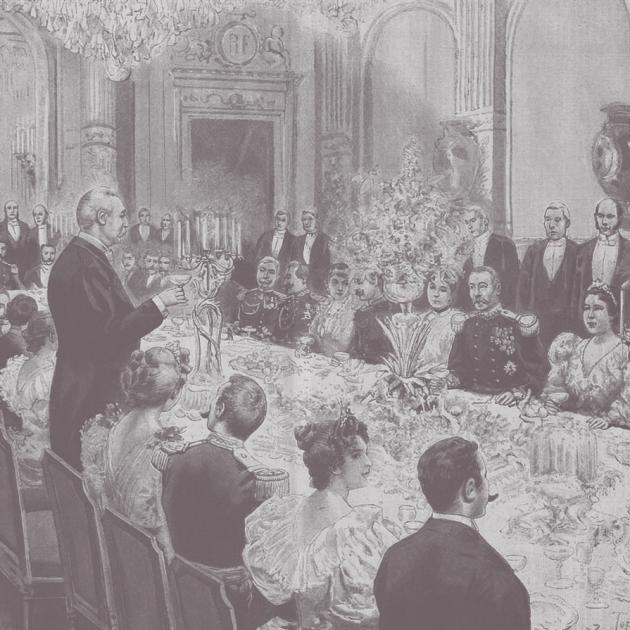
Madagascar becomes a French colony.
Ужин, организованный президентом Французской республики Феликсом Фором в честь генерала Дюшена, победителя Мадагаскарской кампании
Иллюстрация из газеты Le Petit Journal
8 марта 1896
Great Britain and France agree on the division of spheres of influence in Indochina.
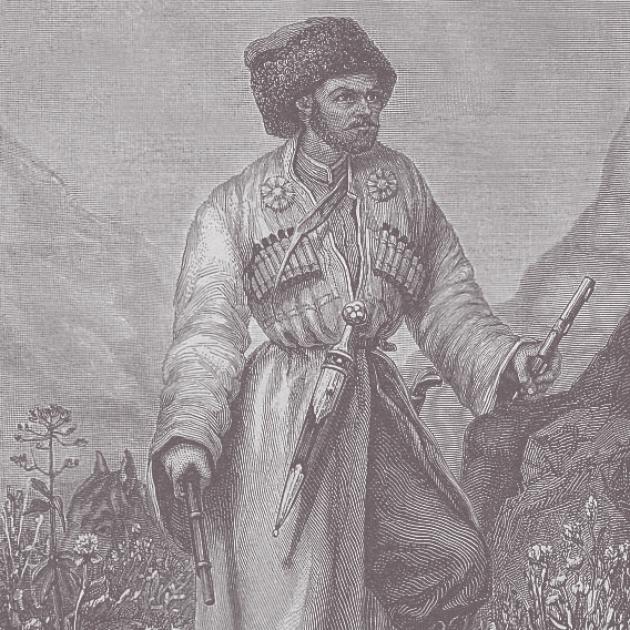
Leo Tolstoy writes the short novel Hadji Murat, his last important work, although it is to be published only in 1912, after his death.
Г. И. Грачёв
Хаджи-Мурат
1886
гравюра с литографии 1851 года
Anton Chekhov’s play The Seagull is published and performed in Moscow.
The first film showings are held in St Petersburg, Moscow and Nizhny Novgorod.
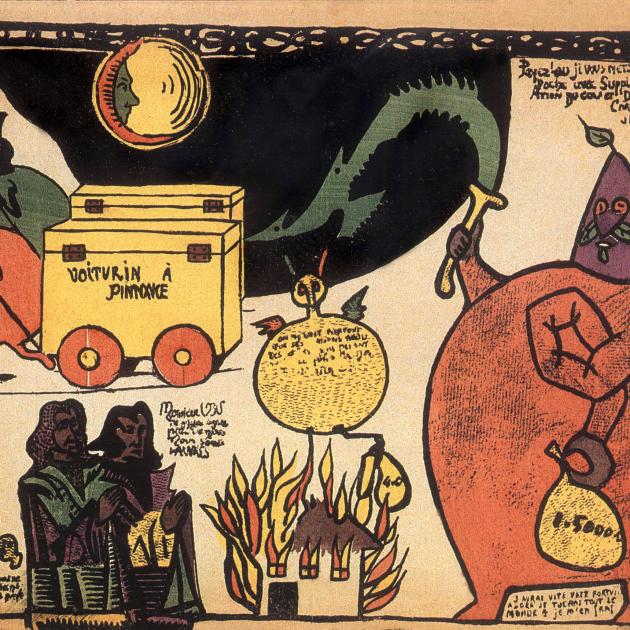
Ubu Roi, an absurdist play written in 1894, is performed in Paris. In the twentieth century it becomes hugely popular amongst the leaders of avant-garde theatre.
Афиша пьесы «Убю Король»
1896
© Rue des Archives / Vostock Photo
Three landscapes by Claude Monet are included in the first Carnegie International exhibition of contemporary art in Pittsburgh.
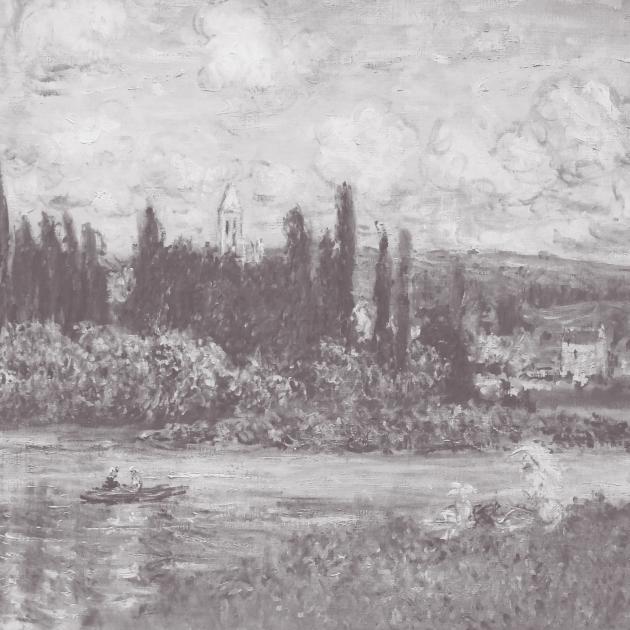
Berlin’s National gallery acquires Claude Monet’s View of Vétheuil.
Клод Моне
Ветей (фрагмент)
1880
Холст, масло. 60 х 100
Национальная галерея, Берлин
Ambroise Vollard and Paul Cézanne
In spring Ambroise Vollard set off for Aix-en-Provence for his first meeting with Paul Cézanne. He purchased a number of the artist’s paintings from different people in the town.
In June Vollard organised the exhibition Painter-Engravers in his gallery; in November this was followed by an exhibition of paintings by Paul Gauguin, in December by an exhibition of works by Vincent van Gogh.
At the start of the year Paul Durand-Ruel holds his first exhibition of paintings by Pierre Bonnard.
Paul Gaugin on Tahiti
In early January Paul Gauguin took a new young vahine, Pahura, to share his life in his newly built house. His finances were so straitened, however, that when he had to go to hospital he was listed among the poor patients. The artist suffered from terrible pains in his leg, for which he took morphine. In August he was commissioned by the lawyer Goupil to paint a portrait of his daughter, to whom the artist was giving drawing lessons, but in October he lost even that job. In early December Pahura gave birth to a daughter, but the child lived only a few days.
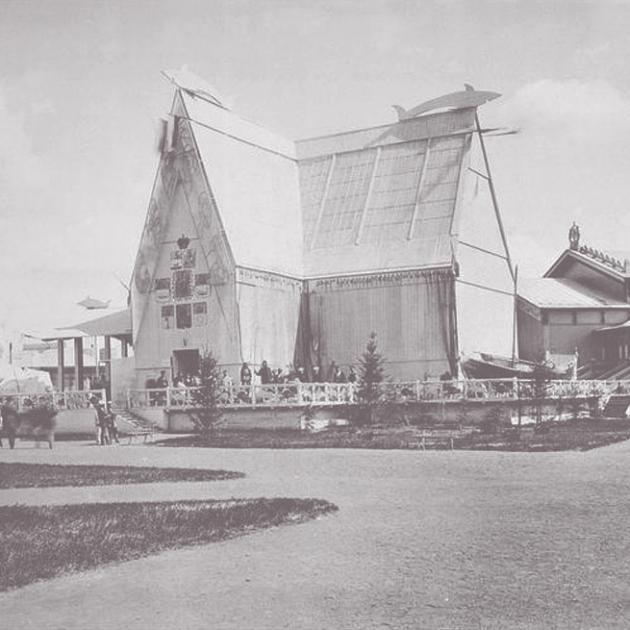
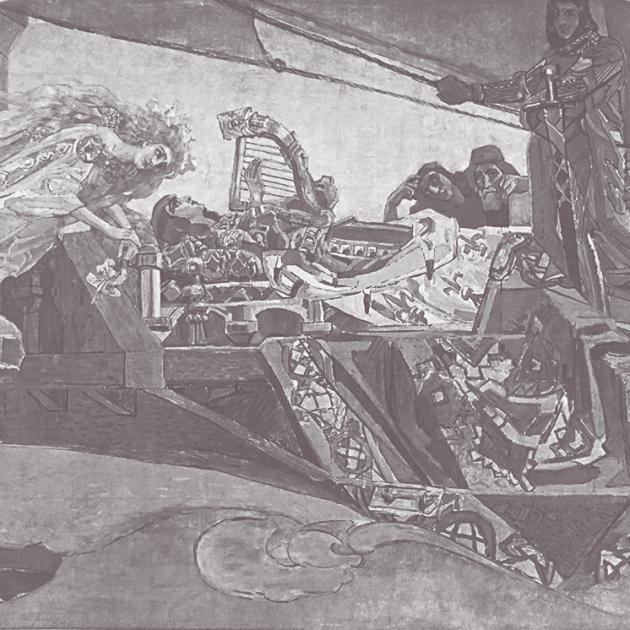 1 / 2
1 / 2All-Russian Art and Industrial Exhibition, Nizhny Novgorod
Павильон «Крайний Север» на Всероссийской промышленно- художественной выставке в Нижнем Новгороде
1896
М.А.Врубель
Принцесса Греза
1896
Холст, масло.
Государственная Третьяковская галерея, Москва
The All-Russian Art and Industrial Exhibition took place in Nizhny Novgorod. By agreement with the organiser, Sergey Witte, for the Far North Pavilion of Savva Mamontov had commissioned a series of large decorative panels from Konstantin Korovin and other artists. Two of these, showing the fabled hero Mikula Selyaninovich and La Princesse lointaine (from Edmond Rostand’s drama), were the work of Mikhail Vrubel. The Jury of the Academy of Arts rejected these works but Mamontov purchased them himself for the Opera Theatre of Sergey Zimin. With Vrubel’s permission the panels were completed by Vasily Polenov and Konstantin Korovin.
Valentin Serov’s works are first shown at the International Art Exhibition of the Munich Secession.
Текст:
А. Костеневич
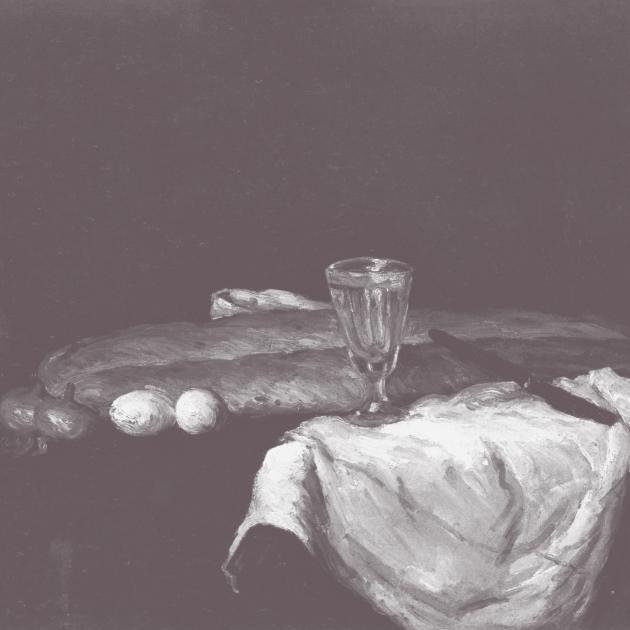
Ivan Shchukin and the French Impressionists
Поль Сезанн
Натюрморт с хлебом и яйцами (фрагмент)
1865
Холст, масло. 59,2 х 76,2
Художественный музей Цинциннати, Цинциннати
Youngest of the Shchukin brothers, Ivan was the first Russian art lover to start collecting the paintings of the French Impressionists. He moved to Paris where he struck up an acquaintance with a number of leading artists (in the Neue Pinakothek in Munich, for instance, we find a painting by Edgar Degas bearing an inscription to Ivan Shchukin). In November 1896 Ivan Shchukin bought two paintings by Degas for 2,500 francs from the gallery of Ambroise Vollard. It is impossible to say what those works were, however, since he was later to sell his entire collection of contemporary paintings. We do know that he owned two rare early canvases by Paul Cézanne, Black Still Life with Bread and Eggs(1865, Cincinnati Art Museum) and Still Life with a Kettle (1867–69, Musée d’Orsay, Paris) that he had acquired from Vollard. For the first of these Shchukin paid a relatively high price for a work by Cézanne, 1,000 francs. His collection also included several small paintings by Édouard Vuillard.